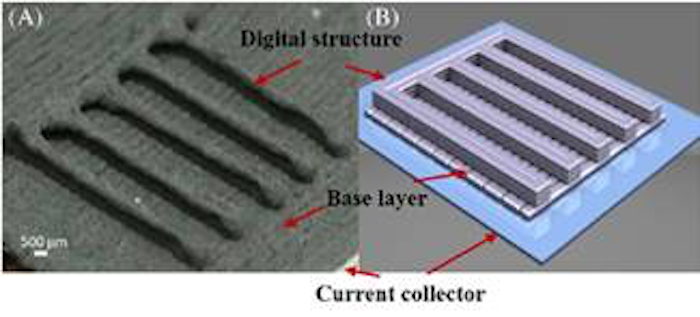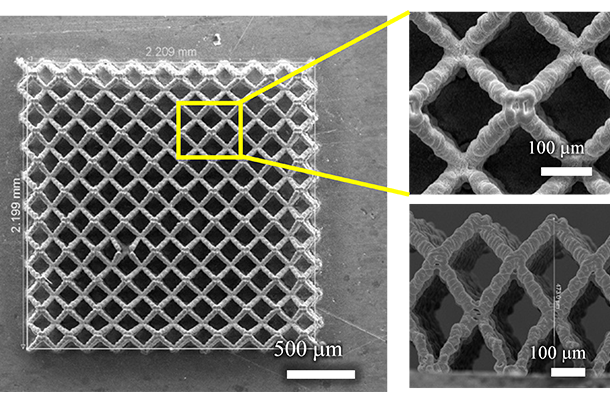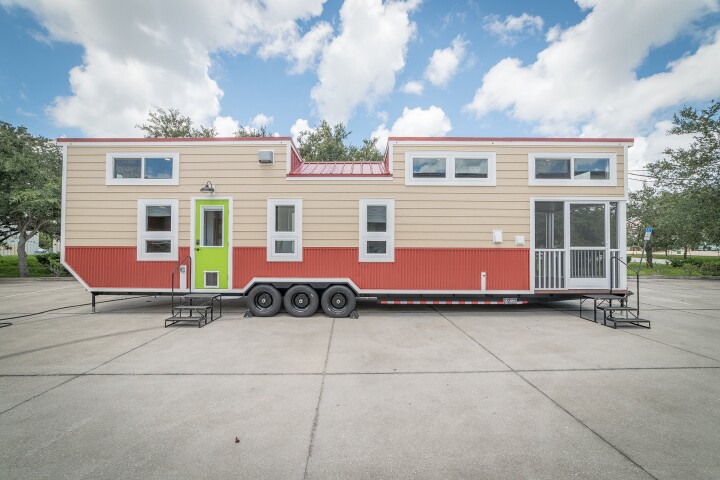So much of the research focus in lithium battery circles centers on the electrodes. As the components where electrical currents flow in and out of the battery, scientists are continually tweaking their makeup and the chemical reactions they generate in pursuit of better performing batteries. Among them are researchers at Carnegie Mellon University, who have come up with a new way of 3D printing latticed electrodes they say result in an "unprecedented improvement."
The search for new and improved lithium battery electrodes has turned up many promising possibilities. These have involved placing silicon inside graphene cages, developing tiny nanowires, and coming up with new materials entirely, such as SiliconX.
3D printing, too, has emerged as a possible path forward, as it can be used to produce electrodes with a porous architecture that offers extra channels for the electrolyte to infiltrate, in turn producing better charge capacities. Currently, the optimal architecture for this is known as interdigitated geometry, but as Carnegie Mellon Associate Professor of Mechanical Engineering Rahul Panat explains, it has a ceiling.
"The interdigitated geometry is indeed porous and does allow the electrolyte to pass through the channels," he tells New Atlas. "However, it is a 2D structure extended to the third dimension by extrusion printing and there are limitations on how 'tall' it can be made."


Panat and a team of mechanical engineers have developed a new 3D printing method that overcomes this limitation and allows for microlattice architectures of any size, as seen above. It involves spitting out microscale droplets at exactly the right size with the right surface and inertia forces, enabling the droplets to adhere in a way that allows complex 3D structures to form.
"As a result of this scaling, the printed droplet adheres to the pillar rather than falling off it," Panat tells us. "The platen heat then removes the solvent such that the pillar is ready to receive the next droplet containing silver nanoparticles. This is a very rapid process and is continued until a full lattice is formed. People had not used this type of mechanism to create battery electrodes. We developed this mechanism and a patent is pending for it."
The resulting microlattice structures performed well when put to use as an electrode in lithium-ion batteries. The team carried out a range of tests in the lab and found that, compared to standard block battery electrodes, the latticed electrodes brought a fourfold increase in specific capacity (capacity in mAh per unit mass) and twofold increase in areal capacity (capacity mAh per unit area). They also retained their structure after 40 electrochemical cycles.

These attributes mean the electrodes could be tweaked to boast a much higher capacity for the same weight, or the same capacity but at a much lower weight. This flexibility could give these types of batteries a raft of uses. For example, electric vehicles could be manufactured to either be the same weight and travel much further, or travel the same distance but weigh a lot less. The same principle could be applied to smartphones, laptops and tablets.
With the patent pending, the team is now working to fine tune and scale up its technique, with a view to bringing it to market.
"We will be looking to experiment with different electrode materials and explore scaling up of the production by multi-nozzle system," explains Panat. "Also, the heating rate can be increased to reduce the time for evaporation for the microdroplets to speed up the process. We are interested in industry partners and investors to fund these next steps for future commercialization."
The research was published in the journal Additive Manufacturing.
Source: Carnegie Mellon University








